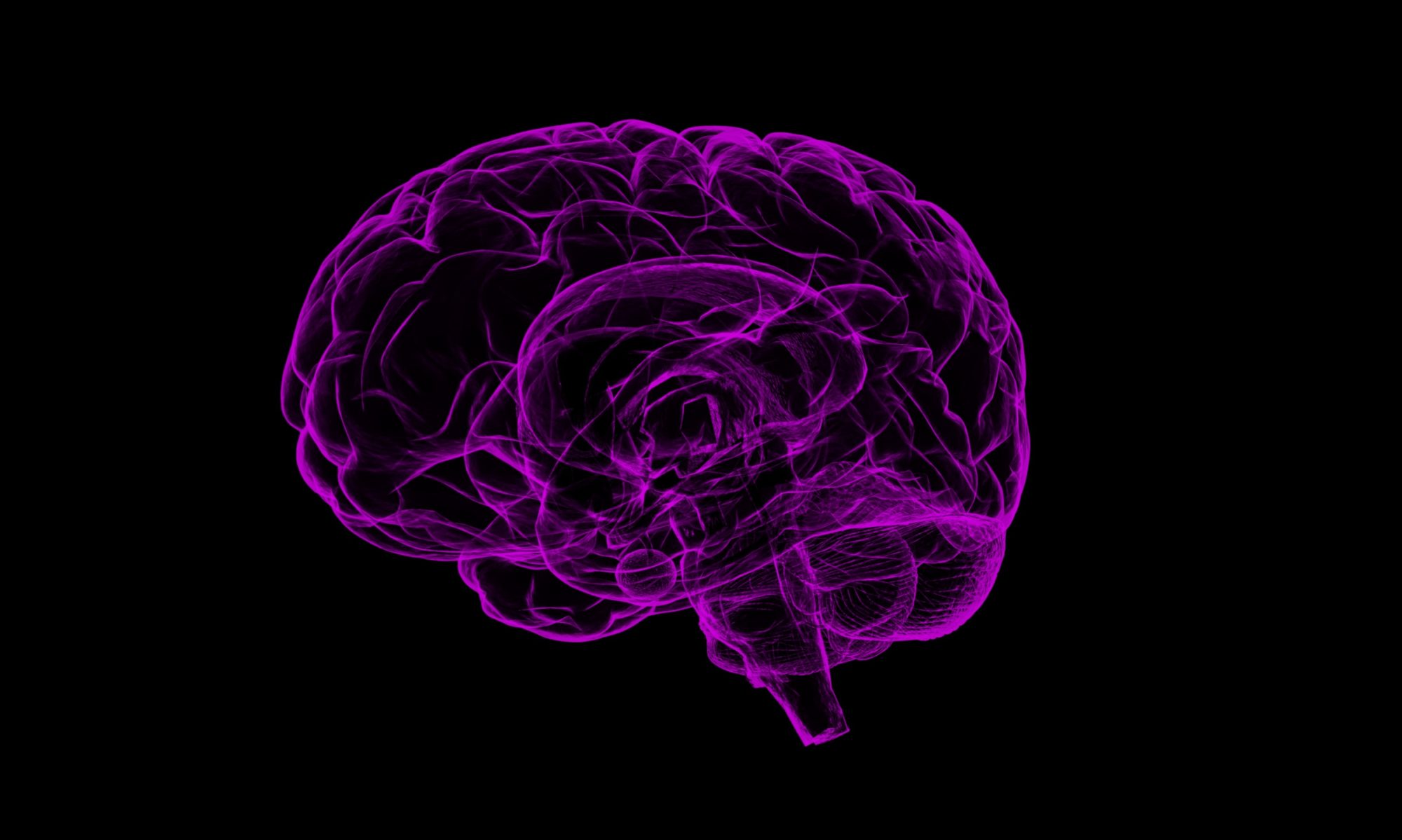Question 19. After adjustment is given and pattern increases, would it be an adjustment or a thrust?
Answer 19. To give an ADJUSTMENT calls for correction of misalignment, opening occlusion, releasing pressure, restoration of normal quantity of mental impulse supply. If this be done, sick pattern DEcreases and health pattern INcreases. If sick pattern INcreases, it was NOT, an adjustment.
See Nos. 198, 205.
